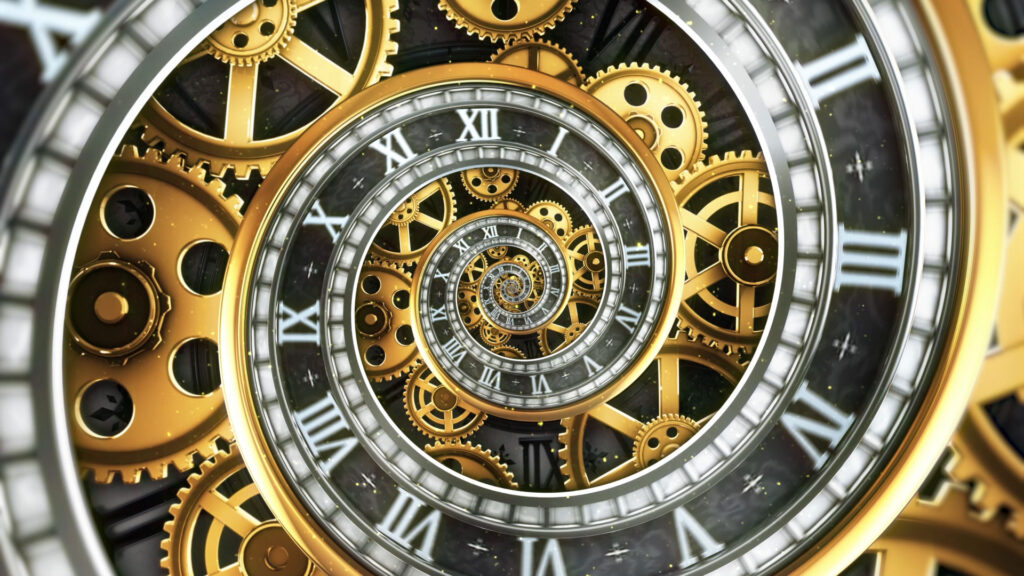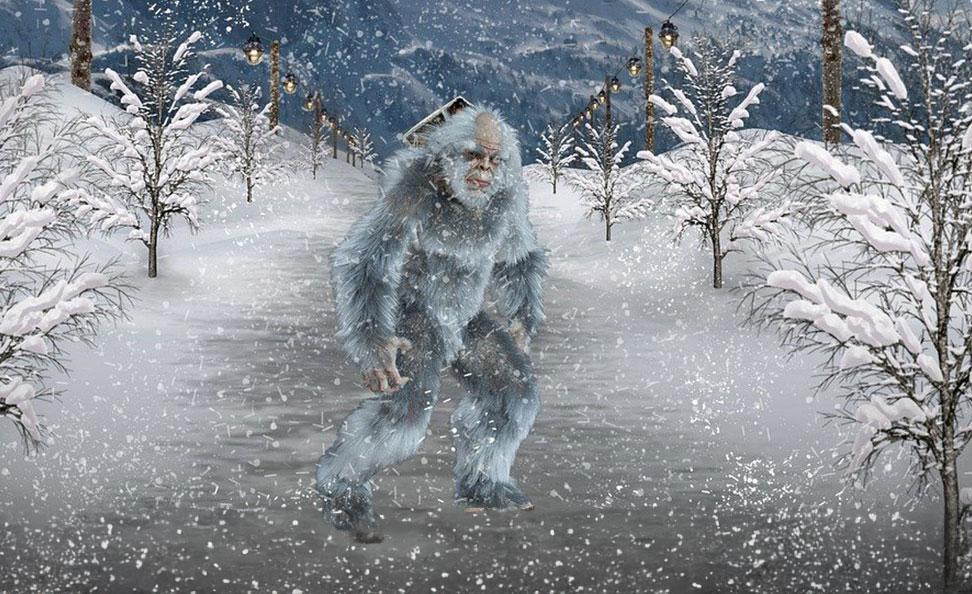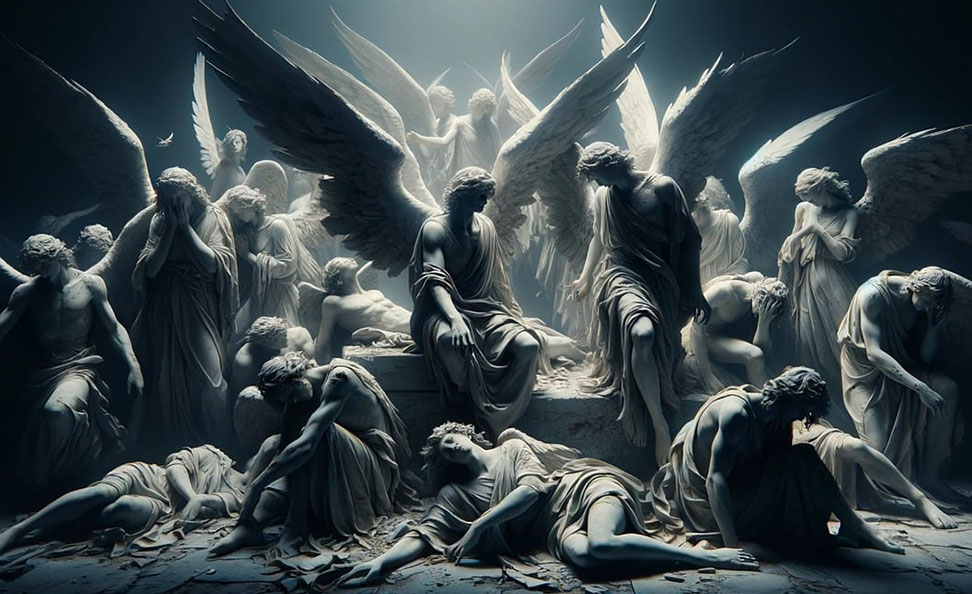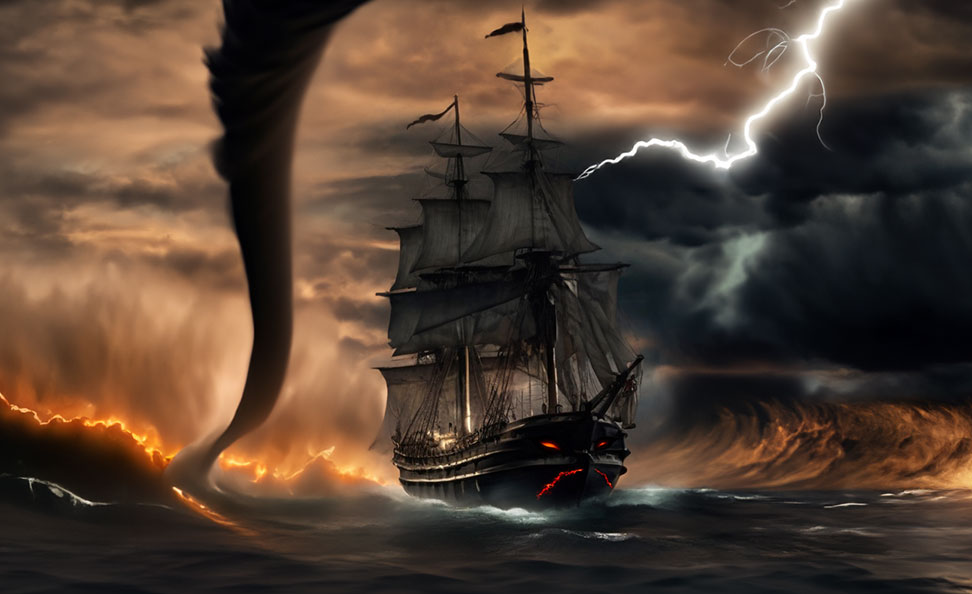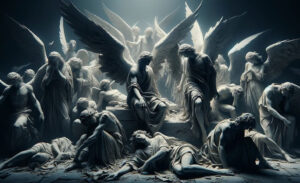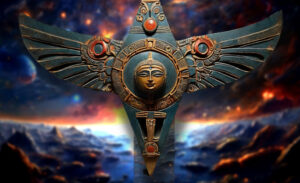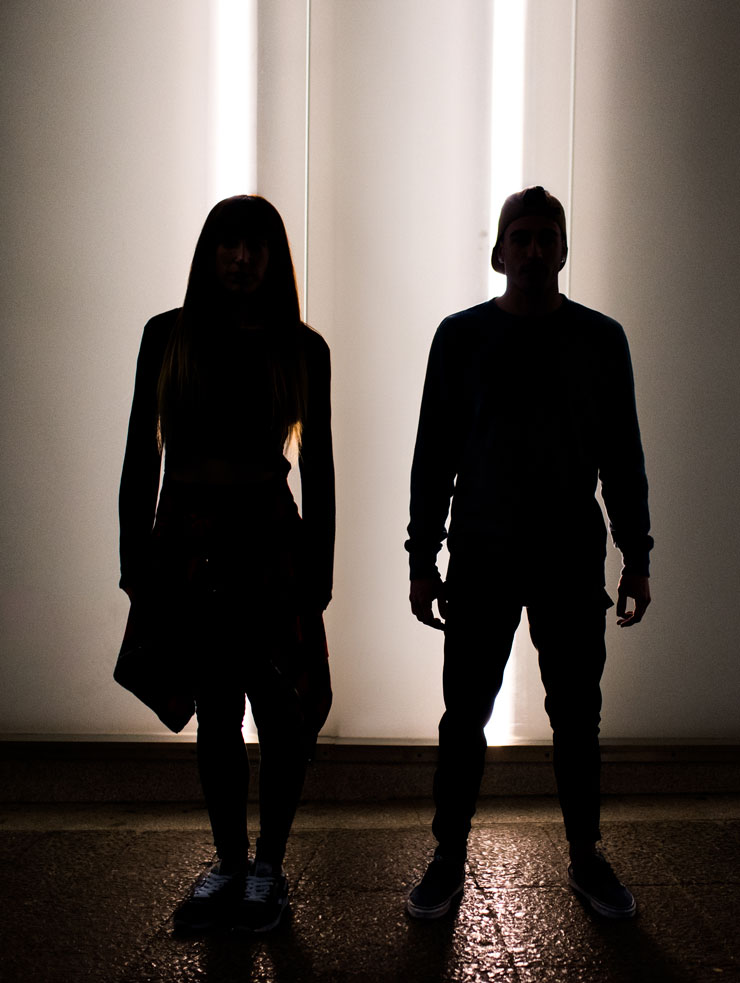Symbology can be defined as the study or interpretation of symbols. It is an essential aspect of understanding angels and demons, various spiritual, philosophical, and religious systems
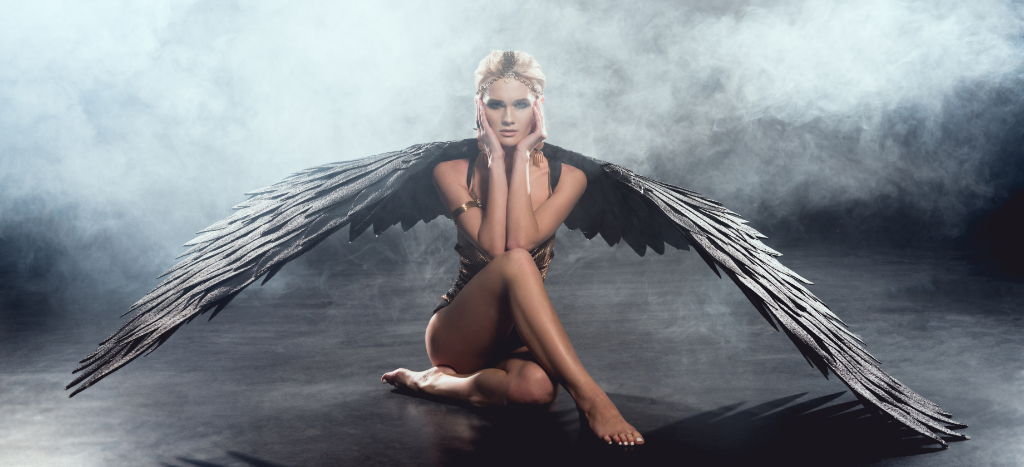
Overview of Angels and Demons in Popular Culture
The concepts of angels and demons have been components of human culture for thousands of years. They have been depicted in various forms throughout history, from ancient stone carvings to modern-day movies and literature.
In all these depictions, they have been portrayed with corresponding attributes that reflect their innate nature – the good and the evil.
The portrayal of angels and demons in popular culture has served as a source of fascination and intrigue for many people around the world, as well as a medium for discussion and reflection on the abstract concepts of good and evil.
Exploring the Different Types of Angels and Demons
Archangels and Archdemons
One of the most common types of angels and demons found in popular culture are the archangels and archdemons. These celestial beings are said to be at the highest level of the angelic and demonic hierarchies, respectively. They are often depicted as possessing extraordinary power and wisdom, for they are the divine beings closest to God (in the case of archangels) or the devil (in the case of archdemons).
There are numerous archangels and archdemons featured across various religious texts and myths throughout the world.
Some of the most well-known archangels are Michael, Gabriel, and Raphael from the Judeo-Christian tradition, while some of the notorious archdemons are Lucifer, Beelzebub, and Asmodeus.
The functions of archangels and archdemons can range from being the mightiest
Guardian Angels and Demons
Another popular category of angels and guardian demons in popular symbology is the guardian angels and demons. Guardian angels are considered to be divine protectors assigned to humans, guiding them away from harm and guiding them toward spiritual growth.
On the other hand, guardian demons are often depicted as evil entities that seek to corrupt and tempt humans into sin by influencing their thoughts and desires.
In the Judeo-Christian tradition, guardian angels have been a prominent theme, emphasizing the idea that God is always watching over his creation. Conversely, guardian demons are seen as beings acting against the will of God, seeking to lead humanity astray.
The Catholic Church also encourages prayers and devotion to one’s guardian angel, while followers of the faith are reminded to be vigilant against the temptations of demonic forces.
Fallen Angels and Demons
A related category of celestial beings is fallen angels, also known as demons. These are angels who once served God but became corrupted and rebelled against their divine creator to become demons.
This concept is predominantly found in Judeo-Christian traditions, with the chief fallen angel being Lucifer, who later became known as Satan.
Fallen angels are often portrayed as once beautiful and powerful beings transformed into hideous and malevolent creatures consumed by sin.
Their fall from grace serves as a cautionary tale about the consequences of disobedience, pride, and rebellion against the divine order.
Analyzing Themes Connected to Each Type
Power Struggles Between Good and Evil for Control Over Humanity (Archangels and Archdemons)
The symbology of angels and demons in popular culture often revolves around a cosmic-scale power struggle between good and evil. Archangels and archdemons are the mightiest warriors in their respective celestial armies, representing the ultimate good and evil forces that seek control over humanity.
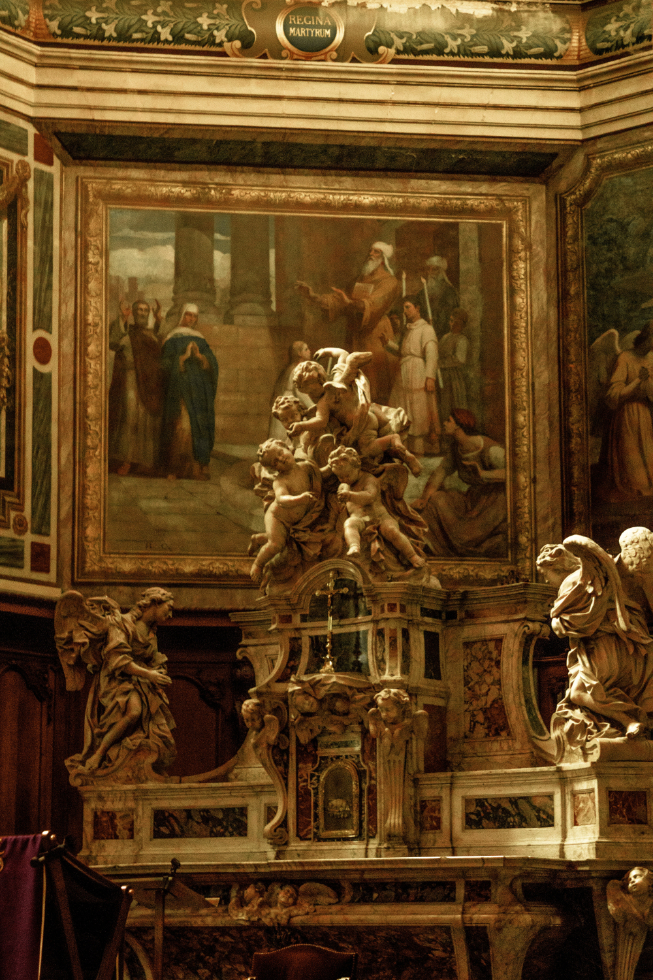
One of the most famous examples of power struggle between archangels and archdemons can be found in the story of the War in Heaven.
This ancient conflict, as described in the Bible’s Book of Revelation, involves a battle between the archangel Michael and the fallen angel Lucifer, who, after being cast out of heaven, becomes Satan.
The symbology here serves to drive home the point that good and evil are eternal forces locked in a cosmic power struggle for the souls of humanity.
Protection From Harm Versus Temptation Towards Sin (Guardian Angels and Demons)
One of the critical themes examined in the symbology of guardian angels and demons is the battle between the forces of good and evil on a personal level. Guardian angels, as mentioned earlier, protect individuals from physical and spiritual harm. They are believed to guide people away from danger and towards righteousness, providing aid and comfort in times of need.
On the other hand, guardian demons are portrayed as entities that seek to corrupt human beings, tempting them to sin by preying on their vulnerabilities and desires. These demonic forces are often said to be directly responsible for various forms of harm affecting humanity.
By examining the dynamic roles of guardian angels and demons, this theme explores the personal choices and struggles with righteousness and sin that many people experience during their lives.
Redemption Through Forgiveness or Punishment Through Deception (Fallen Angels and Demons)
Another essential theme explored in the symbology of fallen angels and demons is the concept of redemption and punishment. Fallen angels, who were once heavenly beings graced by God’s light, now stand as a testament to the consequences of deception, rebellion, and disobedience.
In many religious teachings, the fallen angels’ transformation into demons serves as a reminder for the faithful to uphold the divine commandments and remain steadfast in their devotion to their deity.
Nevertheless, the concept of redemption still plays a significant role in the stories of fallen angels and demons in various religious and spiritual beliefs. For instance, in Christianity, there is the belief that some fallen angels may seek God’s forgiveness and regain their place in heaven. This idea suggests that redemption through remorse, repentance, and faith is possible even for the most grievous sinners.
Mystical Finale
The symbology of angels and demons in popular culture is a topic that has captivated human imagination for millennia. The different types of angels and demons discussed — archangels and archdemons, guardian angels and demons, and fallen angels/demons — emphasize the eternal struggle between the forces of good and evil.
By examining these concepts, we are reminded of the power struggles, personal battles, and the potential for redemption that lie at the heart of human nature.

